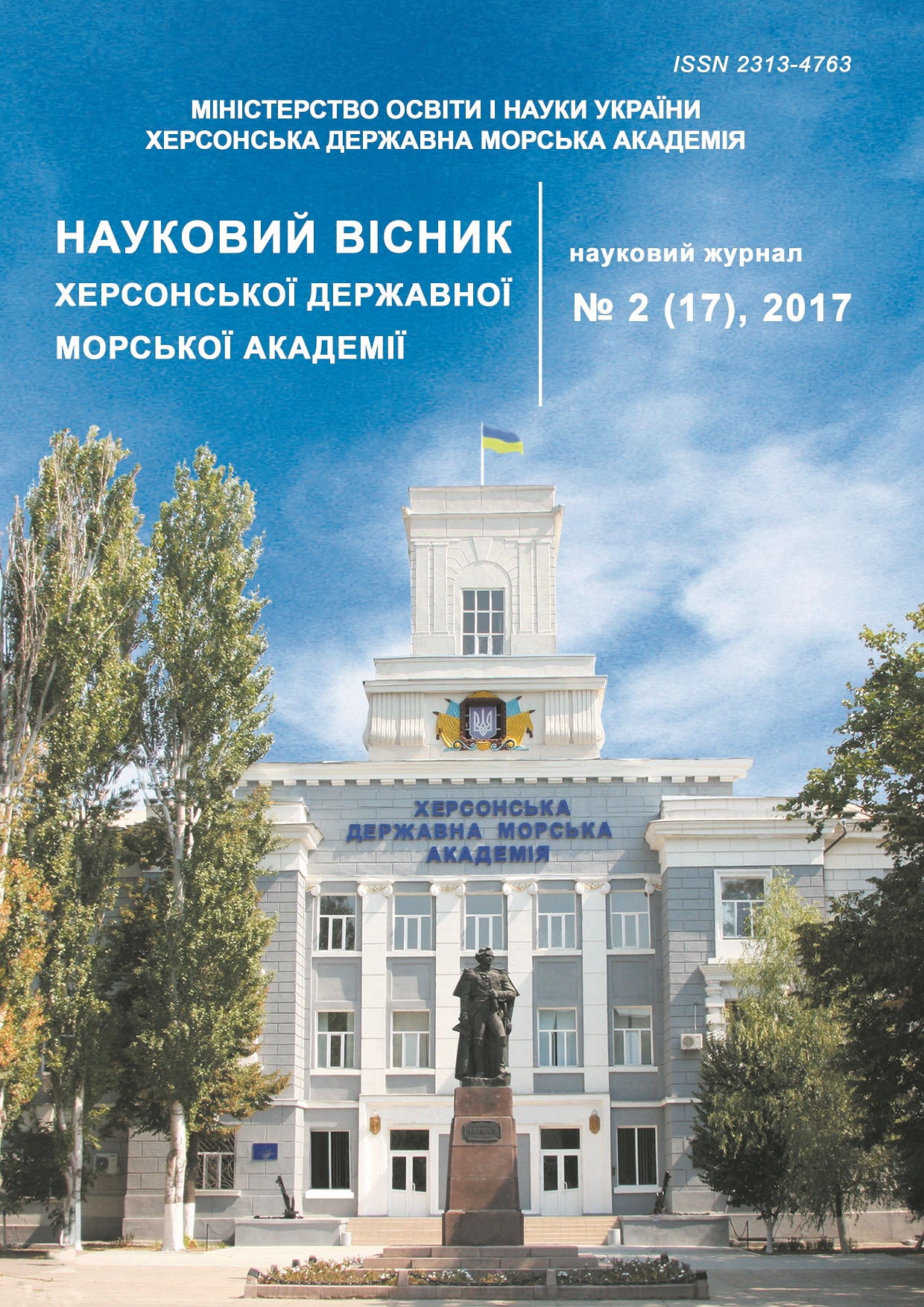MODEL OF A MAGNETICALLY LEVITATED TRAIN’S LEVITATION FORCE
Abstract
The implementation of the magnetically levitated train’s (MLT) levitation force (LF) occurs during the interaction between fields of superconducting train’s (STC) and short-circuited track’s contours (STC), which are included in to levitation module (LU). Based on this, the purpose of this study is to obtain a correct description of such interaction. At the present stage, the main and most universal tool for the analysis and synthesis of processes and systems is their mathematical and, in particular, computer modeling. At the same time, the radical advantages of this tool make even more important the precision of choosing a specific methodology for research conducting. This is particularly relevant in relation to such large and complex systems as MLT. For this reason, the work pays special attention to the reasoned choice of the selective features of the research paradigm. The analysis results of existing versions of LF implementation’s models show that each of them, along with the advantages, also has significant drawbacks. In this regard, one of the main results of the study should be the construction of this force implementation’s mathematical model, which preserves the advantages of the mentioned versions, but free from their shortcomings. The rationality of application, for the train’s LF researching, of an integrative holistic paradigm, which assimilates the advantages of the electric circuit’s and magnetic field’s theory’s, is reasonably justified in work. The scientific novelty of the research – in priority of such a paradigm’s and the corresponding version’s of the LF’s implementation’s model’s creating. The main manifestation of the practical significance of the work is the possibility, in the case of using its results, to significantly increase the effectiveness of dynamic MLT research while reducing their resource costing.
References
Высокоскоростной магнитный транспорт с электродинамической левитацией / [. Дзензерский В. А, Омельяненко В. И., Васильев С. В. И др.]. – К. : Наук. думка, 2001. – 479 с.
Magnetic suspension applications on the railway traction for high speed maglev trains / [M. Dumitrescu, V Ştefan, C. Pleşcan and othe.] // Bulletin of the Transylvania University of Braşov. – 2015. CIBv – Vol. 8 (57) Special Issue № 1. – P. 233–244.
Wairagade A. K. R. Magnetic Levitation Train / A. K. R. Wairagade, M. B. H. Balapure, P. Ganer // Journal for Research – 2015. – Vol. 01. – Iss. 08. – P. 1– 4
Review on Development and Analysis of Maglev Train / [G. K. Tandan, P. K. Sen, G. Sahu and othe.] // International Journal of Research in Advent Technology – 2015. – Vol. 3, № 12 – P. 14 – 17.
Сипайлов Г. А. Электрические машины (специальный курс) / Сипайлов Г. А., Кононенко Е. В., Хорьков К. А. – М.: Высш. шк., 1987. – 287 с.
Львович А. Ю. Электромеханические системы / Львович А. Ю. – Л. : Изд-во ЛГУ, 1989. – 296 с.
Копылов И. П. Математическое моделирование электрических машин / Копылов И. П. – М. : Высш. шк., 2001. – 327 с.
Бессонов Л. А. Теоретические основы электротехники: Электрические цепи / Бессонов Л. А. – М. : Высш. шк., 1996. – 578 с.
Арменский Е. В. Единая теория электрических машин / Е. В. Арменский, И. В. Кузина – М. : Изд-во Московск. ин-та электрон. машиностроен., 1975. – 256 с.
Крон Г. Применение тензорного анализа в электротехнике / Крон Г. – М., Л. : Госэнергоиздат, 1955. – 275 с.
Рашевский П. К. Риманова геометрия и тензорный анализ / Рашевский П. К. – М. : Наука, 1967. – 644 с.
Панфилов В. А. Электрические измерения / Панфилов В. А. – М. : Издат. дом «Академия», 2006. – 288 с.
Корн Г. Справочник по математике для научных работников и инженеров / Г. Корн, Е. Корн – М. : Наука, 1973. – 831 с.
Бирюков В. А. Магнитное поле прямоугольной катушки с током / В. А. Бирюков, В. И. Данилов // Журнал технической физики. – 1961. – Т. XXXI, № 4. – С. 428–435.






